Retrospective of Vietnam ’65
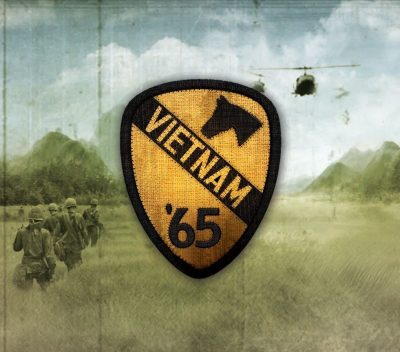 “We are fighting a war with no front lines, since the enemy hides among the people, in the jungles and mountains, and uses covertly border areas of neutral countries. One cannot measure [our] progress by lines on a map.”—General William C. Westmoreland
“We are fighting a war with no front lines, since the enemy hides among the people, in the jungles and mountains, and uses covertly border areas of neutral countries. One cannot measure [our] progress by lines on a map.”—General William C. Westmoreland
By Patrick S. Baker
1965 was the year that, as one source puts it, “Vietnam Becomes an American War”. The massive bombing campaign, Operation Rolling Thunder, started. The first American ground combat units arrived “in country”. The Battle of the Ia Drang, the first major set-piece battle of the war (so well detailed in We Were Soldiers Once… and Young by Lieutenant General (Ret.) Hal Moore and Joseph L. Galloway) was fought in November that year.
It was also in 1965 that the bifurcated nature of the Vietnam War became clear. Part of the war was a conventional ground war with regular American military and Army of the Republic of Vietnam (ARVN) units fighting conventional battles against the communists’ guerrillas, called the Viet Cong, (VC or Charlie) Main Force units and the North Vietnamese Army (NVA) units.
The other part was a counter-insurgency (COIN) campaign with America and her South Vietnamese allies trying to win the “hearts and minds” of the largely rural population with generous foreign aid, civic construction projects, and Special Forces (SF) deployed to train the local defense forces to battle the VC guerrillas.

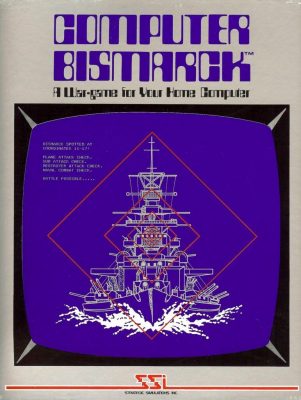 “In May of 1941 the war had just begun, The Germans had the biggest ship that had the biggest guns
“In May of 1941 the war had just begun, The Germans had the biggest ship that had the biggest guns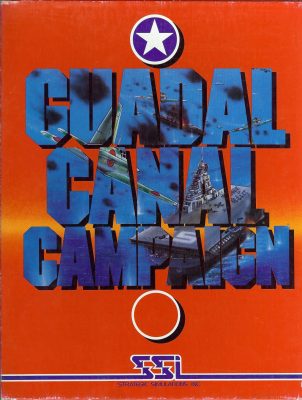 “Before Guadalcanal, the enemy advanced at his pleasure—after Guadalcanal, he retreated at ours.” – Adm. William F. (Bull) Halsey, USN
“Before Guadalcanal, the enemy advanced at his pleasure—after Guadalcanal, he retreated at ours.” – Adm. William F. (Bull) Halsey, USN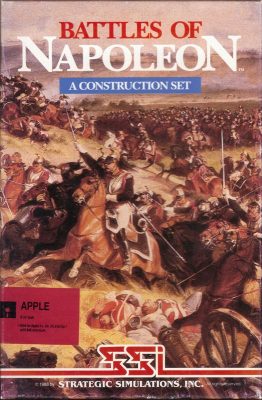 “I used to say of Napoleon that his presence on the field made the difference of forty thousand men.” – Arthur Wellesley, the Duke of Wellington
“I used to say of Napoleon that his presence on the field made the difference of forty thousand men.” – Arthur Wellesley, the Duke of Wellington By Patrick S. Baker
By Patrick S. Baker By Mitch Reed
By Mitch Reed


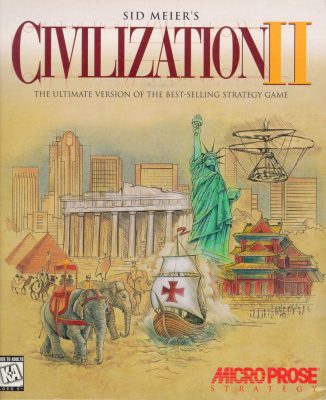 k S. Baker
k S. Baker